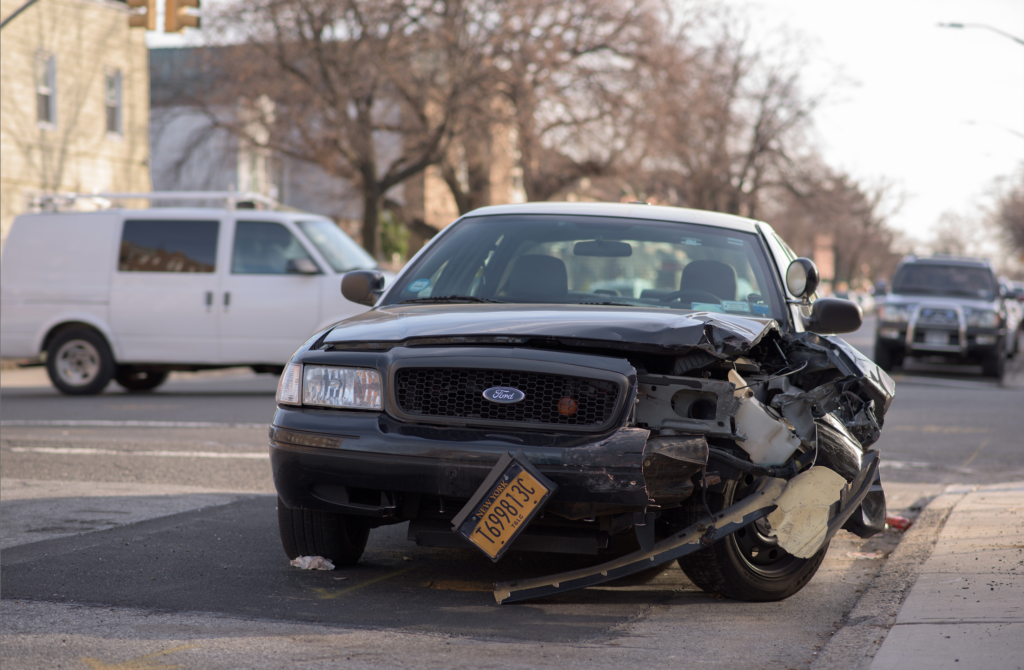How Smartphones Challenge the Safety of Roadways
Roadways are becoming more dangerous than ever as speed limits increase and more distractions permeate our lives. Vehicle manufacturers and testing facilities strive to limit these obstacles to safe driving, but they can’t prevent human error.
Smartphones are a significant contributor to car accidents today. Even the most defensive drivers may find themselves in a car accident that wasn’t their fault, which is a frightening, expensive, and painful experience. Smartphone use can contribute to this, making roads more dangerous for all.
U.S. Fatalities and Accidents Increase with Smartphone Use
Car accidents were at a low during the first part of the millennium as traffic laws and enforcement improved. However, when smartphones became mainstream, the United States saw a significant increase in traffic accidents, particularly those resulting in fatalities.
According to a report from Bloomberg, U.S. traffic fatalities increased by nearly 15 percent between 2015 and 2017.
“In 2016 alone, more than 100 people died every day in or near vehicles in America, the first time the country has passed that grim toll in a decade,” study authors wrote, indicating that it was not drinking and driving or speeding that was the cause, but smartphone use. Since smartphone use rose 6 percent between 2014 and 2016, it seems to be a relatively obvious correlation.
The study authors also pointed out that the use of smartphones has changed over the last few years as well. Users do much more than just web browsing and texting now. There are audiobooks, GPS, music, and other distracting activities that make it difficult to stay focused on the road.
Research from Driver Knowledge shows that fatalities associated with smartphone use are detrimental, with nine people dying in a related accident every day. Their research also shows that you’re 23 more times likely to get in a car crash while texting and driving thanks to the fact that your brain is nearly 40 percent less focused on the road.
These statistics are frightening, but Bloomberg believes that these aren’t the complete picture. Even more, accidents relating to smartphone use are occurring, but they aren’t being reported.
“Honestly I think the real number of fatalities tied to cell phones is at least three times the federal figure,” Jennifer Smith, a well-known non-profit lobbyist who advocates against smartphone use while driving, told Bloomberg. “We’re all addicted and the scale of this is unheard of.”
Authorities may assume that smartphone use was involved, but there are few ways to prove it, short of someone involved in the accident admitting or witnessing smartphone use or subpoenaing phone records. “We all know what’s going on, but we don’t have a breathalyzer for a phone,” Smith also told Bloomberg.
Teen Smartphone Use Most Dangerous
It’s true that about half of all U.S. adults admit to texting while driving, but the problem seems to be most serious with teenagers. Research from the National Highway Traffic Safety Administration shows that teens between the ages of 15 and 19 are most likely to be in a distracted driving car accident.
Teens are not only more likely to use their cell phones while driving, but they also don’t have good experience and reaction times to avoid an accident. Their cognitive development is still very limited. While the average adult is 23 percent more likely to get in an accident while texting, a teenager is 400 times more likely to cause an accident when using a phone.
Unfortunately, the problem goes beyond teenagers driving. Teens also have a problem with using cell phones while crossing the street, which has led to an increase in pedestrian accidents.
“More and more older teenagers and young adults are being injured as a result of ‘distraction’, as a result of crossing [roads] while using their phone. This can be as a result of having a conversation, listening to music, texting or using the net,” road safety manager Nick Lloyd told BBC.
This problem has become so serious that many cities have passed an ordinance that penalizes individuals for using their smartphones while they cross the street, even in the crosswalk when the walk sign is on.
Steps Being Taken
States and cities are rising to the call to reduce smartphone use while driving, including the passing of laws in 47 states banning the use of texting and/or calling while on the road. Technology in vehicles is also becoming more intuitive to help prevent dangerous cell phone use.
Cell phones themselves are developing tools that reduce cell phone use like Apple’s “do not disturb while driving” feature or parental control apps that limit phone use while on the road.
“Distracted driving due to smartphone use is intuitively blamed for the increase in road crashes and claims,” CMT’s chief technology officer Hari Balakrishnan said in a statement. “What’s less intuitive is that smartphones hold the solution to the problem they created. Drivers now have access to tools that analyze their driving and achieve real behavioral change through immediate and ongoing feedback.”
Technology is really the only way to comprehensively battle cell phone use. It’s a difficult problem, but time and development may heal wounds.










